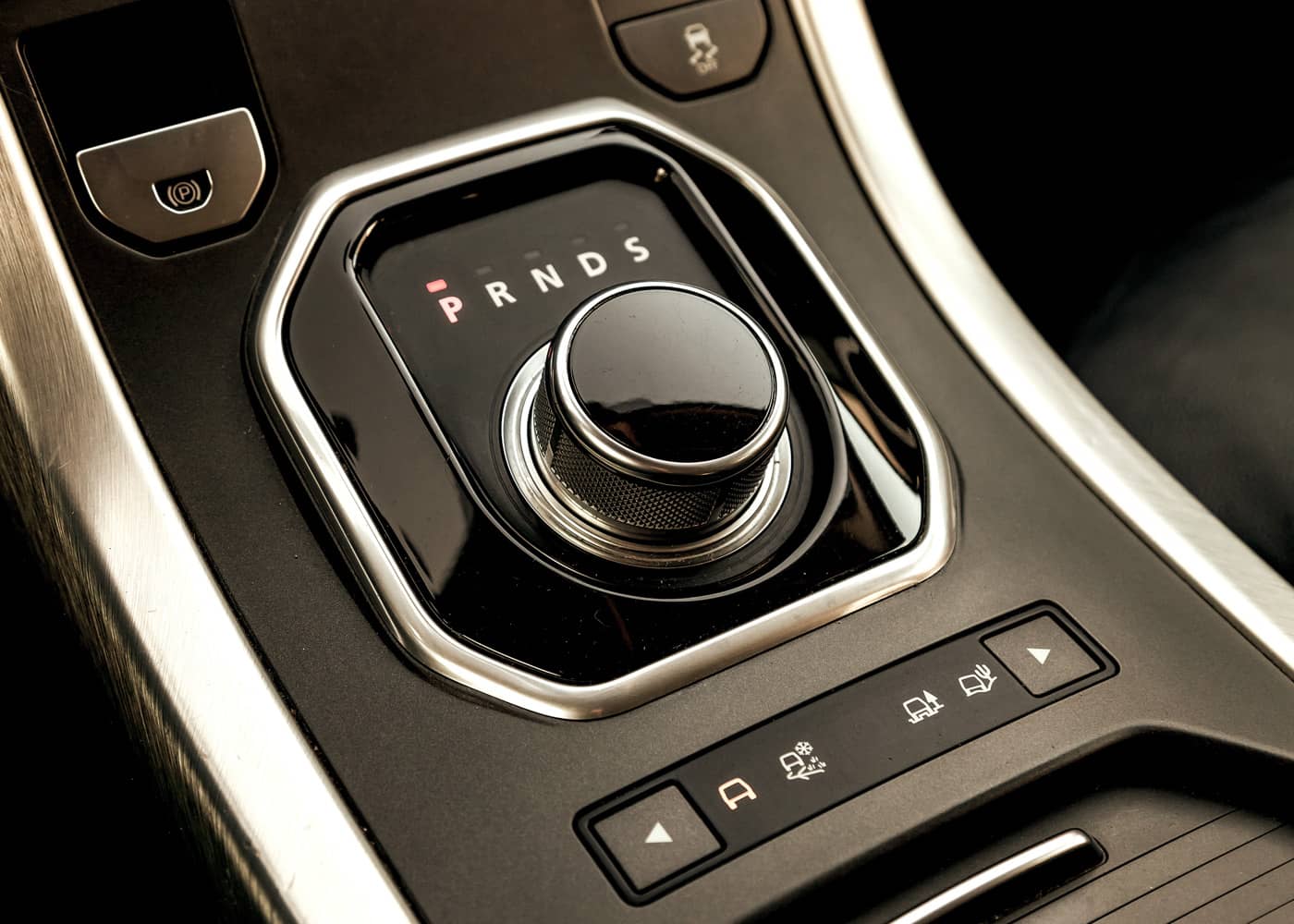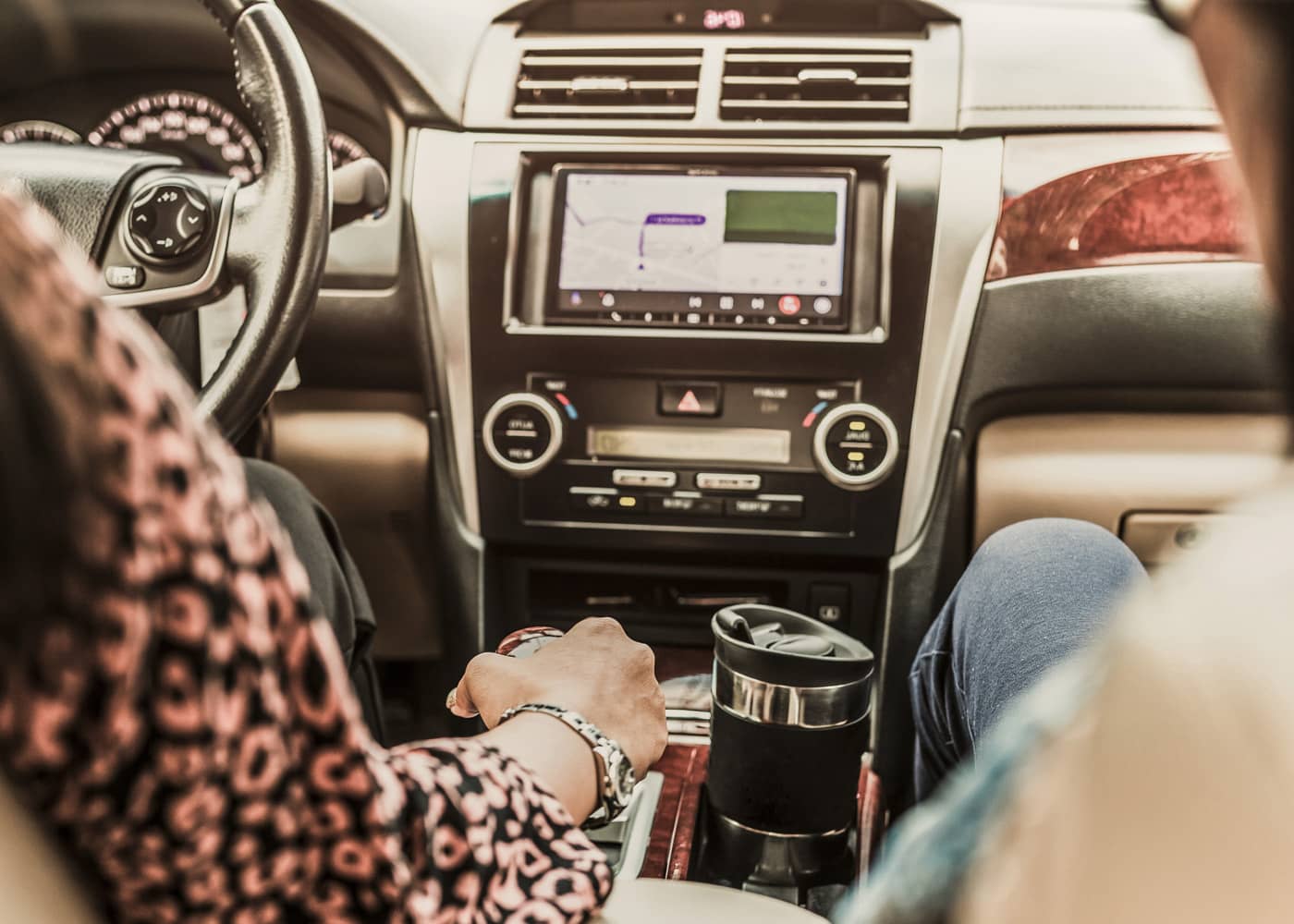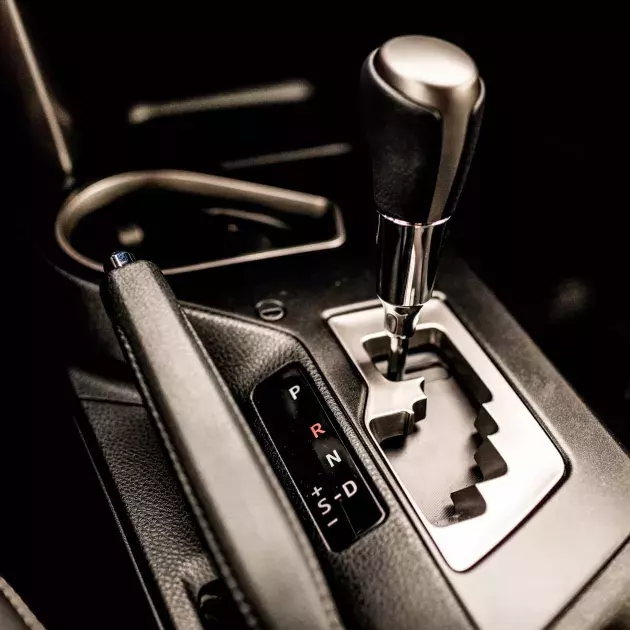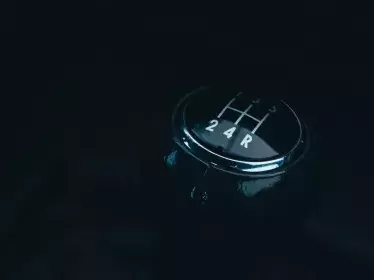Automatic gearboxes are becoming increasingly popular, particularly as a result of the electrification of the vehicle fleet. Yet manual gearboxes still have a nostalgic charm. This must also be taken into account when learning to drive.
Unsure whether you want to buy a manual or automatic car? Or are you only just being introduced to driving and are unsure about learning with a manual gearbox? Here are some tips to help you make your choice.
Automatic gearboxes
There are several types of 'automatic' gearboxes:
- The hydraulic or converter automatic gearbox: the clutch works with a hydraulic system with epicycloidal gears (and not parallel gears like a manual gearbox). This type of gearbox is particularly soft and smooth. It can handle high power and high torque. Automatic gearboxes are sometimes combined with a sequential mode to 'manually' change gears, but without the need for a clutch pedal.
- The automated manual gearbox: has a clutch similar to a manual gearbox, but is controlled by an electronic system. So, you don't need a pedal for your left foot. You can change gear 'manually' by using paddles or a sequential mode. There are also dual-clutch variants to avoid shock loads when shifting gears. These are becoming increasingly common, for example DCT, DKG, DSG, EAT, PDK or S-Tronic.
- Continuously variable transmission (CVT): works with two drives and a (metal) chain or belt that varies the gear ratio. There is no pinion or gearwheels. In fact, this is a gearbox with a single gear, although there are methods for simulating gear shifts.

Hybrid and electric cars have an automatic gearbox. This is linked to the very principle of how these technologies work. Sometimes there are paddles on the steering wheel to simulate gear changes. However, for electric cars and hybrids, these paddles more generally manage the power of the 'engine brake' for regenerative braking (recovery of kinetic energy to produce some power for the battery).
Advantages of manual gearboxes
- purchase cost
- feeling of full control of the driving and transmission
- clutch pedal that can be used to adjust the engine response
Disadvantages of manual gearboxes
- tiring in traffic jams (lots of work for your left foot)
- premature wear if misused
- going out of fashion

Advantages of automatic gearboxes
- ease of use and approval
- option to switch to 'manual' or sequential mode
- suitable for electric cars
Disadvantages of automatic gearboxes
- purchase cost
- less driver involvement
- the absence of a clutch pedal in the first few kilometres comes with the risk of braking with your left foot (but you'll get used to it very quickly)
Do you still need to learn how to drive with a manual gearbox?
A young learner driver might wonder about the point of learning to drive with a manual gearbox, since by 2035, the electrification of the vehicle fleet could mean this type of transmission disappears. However, it is still useful to learn to drive with a manual gearbox. Firstly, because for your first car, which is often second-hand, the manual gearbox option is more widely available, and often less costly. Secondly, because learning how to drive with a manual gearbox enables you to better understand how part of the car works. And therefore to anticipate its reactions, including when it comes to taking the wheel of an automatic afterwards. The absence of a car with a manual gearbox in the household can be compensated for by driving lessons or by renting a dual-control vehicle (pedals for the passenger) for a few hours, making sure to insure it accordingly.



